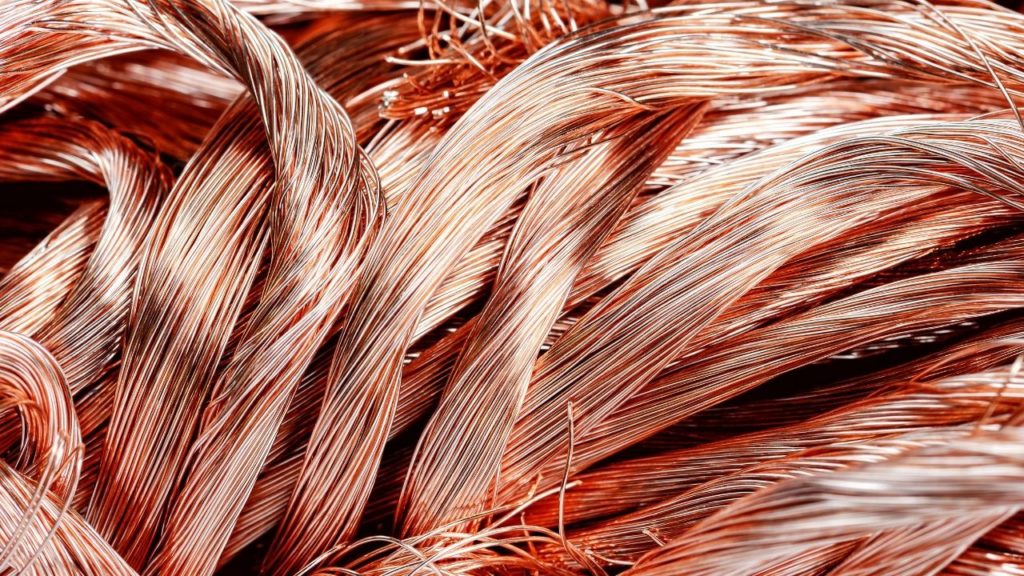
How a Copper Wire Granulator Works
Copper counts. The scrap metal industry takes a number of metals, but amid all the iron and steel, copper is what brings revenue to the scrap yard. Copper’s high ductility, or ability to be formed into wire, makes it valuable in a way that many metals are not. Even in the popular imagination, laypeople recognize the value of copper above so many other metals: we’re all too familiar with real estate investors who buy up distressed urban properties simply to strip the valuable copper piping and wiring within. You could joke that copper, the material in our one-cent piece, is indeed worth a pretty penny.
But like so many metals recyclers and salvagers work with, end-stage copper that arrives at the yard needs a little work before it’s ready to be sold and put back into use. That’s where wire granulators come in. This heavy machinery does the tedious work of stripping insulation from wiring, sends the waste off, and pulverizes what’s left, yielding basins full of fine copper—and that yields cash for you. Let’s go through exactly how a copper wire granulator works.
Feeding
The granulator starts with scrap copper wire, almost all of which will be insulated. While copper is of high resale value, there’s no money in plastic—that has to go. There’s a time and place for wire-stripping by hand or with a dedicated wire stripper, but when you’re dealing in high volume, you can trust the granulator to do the work. You’ll simply feed the wiring, insulation and all, into the granulator.
Shredding
Once you’ve sent the wiring in, the wire granulator gets to work—and it’s pretty hard work. Think about the granulated sugar in your pantry, or grains of sand. That’s your goal here: a fine powder that can be ably reused by manufacturers. Using a water-free method of physical shredding and crushing, the granulator reduces wiring to grains about 1 centimeter long. A second pass through the granulator cuts them down even further to as short as 3 millimeters.
Separation
Now comes the work of separating the valuable copper from the plastic waste. The challenge in granulation has always been to recover as much of the copper as possible. With previous methods, recyclers could lose nearly 15 percent of their copper to being incorrectly sorted as waste. That’s tantamount to throwing money away. With electrostatic separation, you can recover over 99 percent of what you want. Electrostatic separation charges the copper/plastic mix, which attracts the highly conductive copper while discarding the inert plastic. The result: pulverized copper, ready to be resold to manufacturers.
As a leading magnetics manufacturer, Moley Magnetics doesn’t just provide you with excavator magnets. We also carry a full line of copper wire granulators that harness those same electromagnetic principles to generate revenue for your salvage business. In learning how a copper wire granulator works, you can make a key addition to your business, recovering one of your most valuable metals with near-perfect efficiency.

